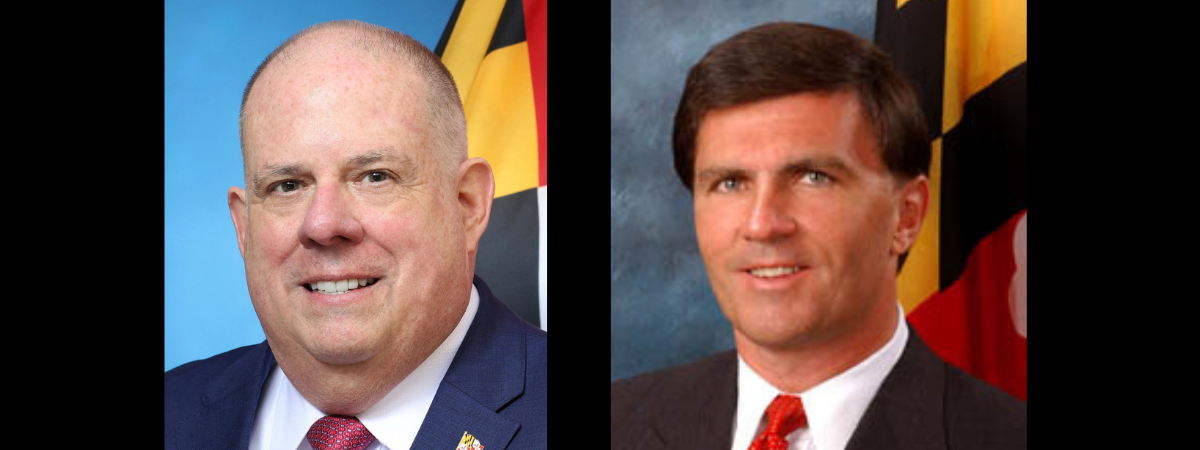Notes on the Life of a Buffalo Soldier
Thomas E. Polk, Sr., was a free man from the Eastern Shore who served as a Buffalo Soldier on the western frontier of America.

“Since 1641, there has never been a time in this country when Blacks were unwilling
to serve and sacrifice for America.” — Gen. Colin Powell
One such man was born and raised in the village of Allen on Maryland’s Eastern Shore, Thomas E. Polk, Sr.
Polk was born a free man in 1860. At that time, Allen was a part of Somerset County. However, by the time Polk turned 21, Allen was a part of Wicomico County after Somerset had been divided into three counties.

When Polk enlisted in the Army in Baltimore, Md., he was illiterate. There are a few theories as to how he arrived in Baltimore, well over 100 miles away from Allen, but the most logical (although not documented) is that he boarded a steamer somewhere along the Eastern Shore and landed at Baltimore’s Harbor in 1882.
From Baltimore, where he was assigned to the 9th Cavalry, Polk and other Army recruits were shipped by train to Fort Riley, Kan., according to one Buffalo Soldier historian. Fort Riley was established in 1853 as a base for westward expansion, well before the Civil War, and was thought of as the home of America’s Army. Polk’s time at Fort Riley in no way mirrored today’s boot camp. As a matter of fact, the Army had no boot camp at that time. Recruits filled their time by digging trenches and other mundane activities.
Polk was later stationed at Fort Sill, Ok. This is perhaps where he learned to read and write, documented because of the letters he wrote to his family while stationed there. Poor grammar and misspellings in the letters were indicative of someone who had just recently learned to communicate in writing. Polk may have also been stationed at Fort Davis or Fort Concho in Texas for a while. It is documented that several 9th Cavalry troops were stationed at both installations, but documentation of Polk having been among them has not been discovered.
Nonetheless, it is known that Polk served two five-year terms in the U. S. Regular Army — all 10 years in the western territories. As a member of the 9th Cavalry, Polk escorted settlers moving west, thwarted cattle thieves, captured Comancheros, escorted mail wagons, and helped to lay railroad ties, hang telegraph lines, and build forts.
Polk ended his first five years of service at Fort Leavenworth, Kan., and returned to Allen where he stayed a few months before deciding to reenlist. After five more years, he ended his last term of service at Fort Robinson, Neb. He returned home and started purchasing parcels of land that have remained in the Polk family since 1892.
In the early 1930s, Polk granted the State of Maryland permission to dig a borrow pit on a portion of his land. The dirt and gravel that was removed was used to build or shore up Upper Ferry Road, a main route to the Wicomico River. Polk was compensated $1.00 for the use of his land. The football field size pit was never filled in and remains as a pond today.
Polk was married twice. Four years after his first wife died, he married Harriett Boone from Baltimore. This marriage resulted in three children, Celestine, Thomas Jr., and Everett. Polk died in 1940 and Hattie, as his wife was commonly known, died in 1949. Hattie’s Trail, a short walking trail, is located on the site where the Buffalo Soldier Living History Site Co. is establishing a venue that will be open to the public. Visitors will learn about the integral role that Buffalo Soldiers played in American history.

Additional source material from “A Ride through Buffalo History,” Susan Zimmerman, July 14, 1922.
Deborah Scott is a granddaughter of Thomas E. Polk, Sr., and a leader in promoting the establishment of a living history site honoring him and the Buffalo Soldiers on his land in Allen, Wicomico Co. She has been writing since she was a young girl growing up on the Eastern Shore. It is her hope that readers will be informed, touched, or inspired by her words.
Common Sense for the Eastern Shore







